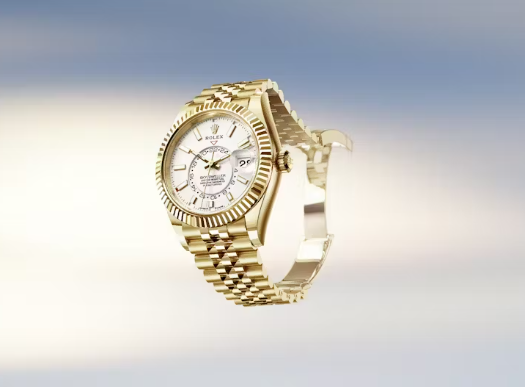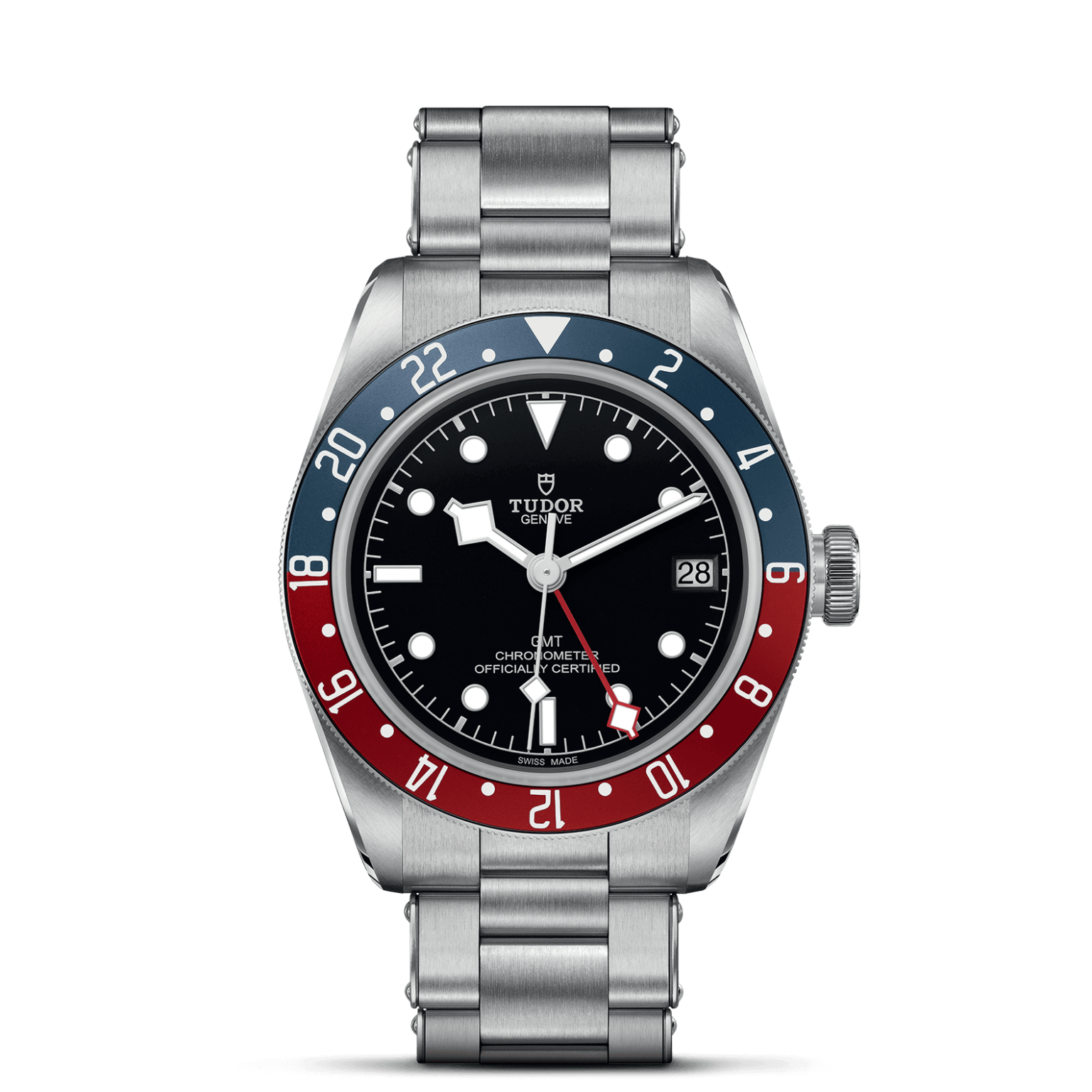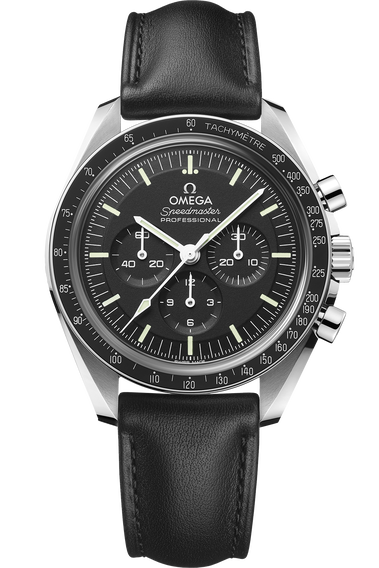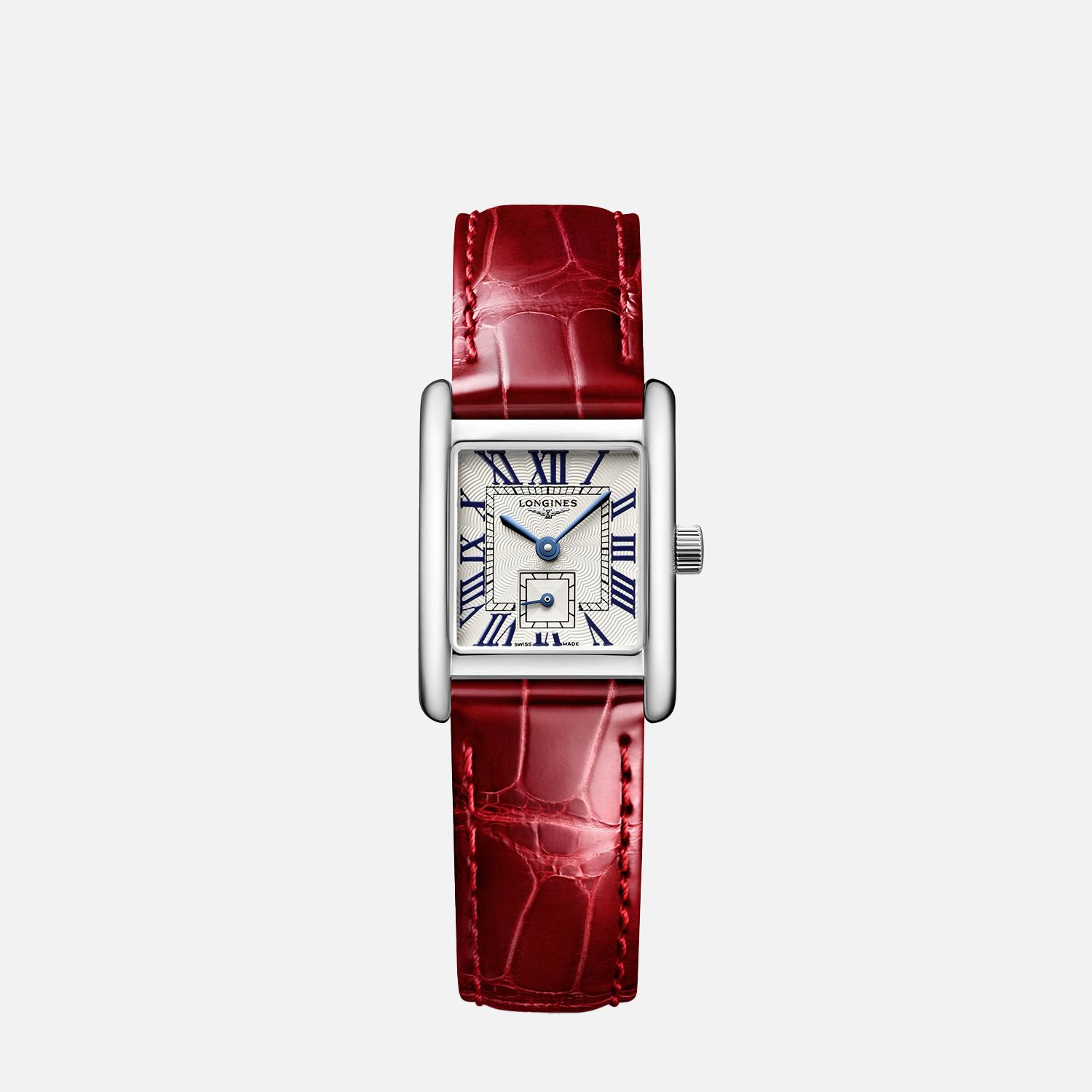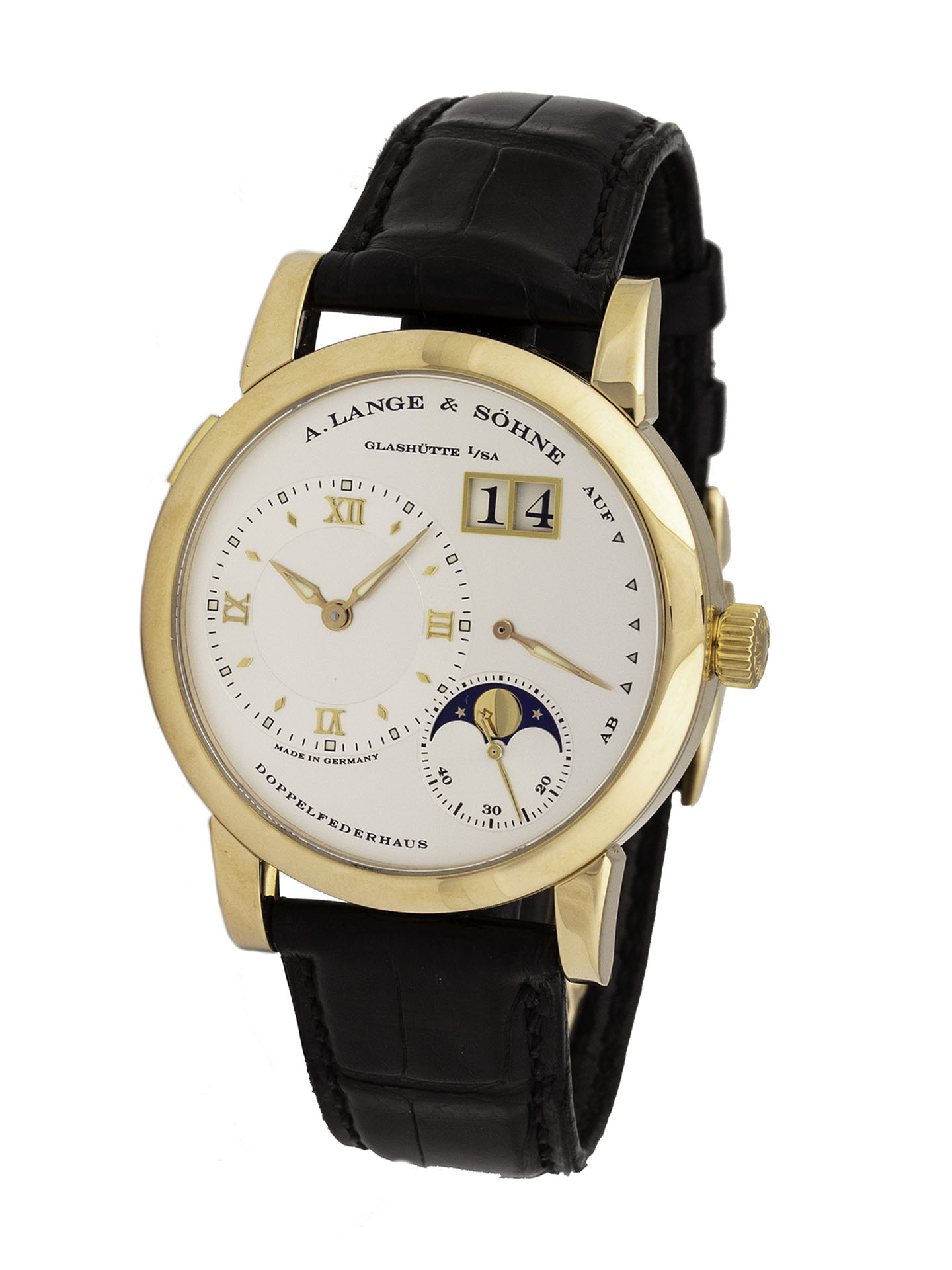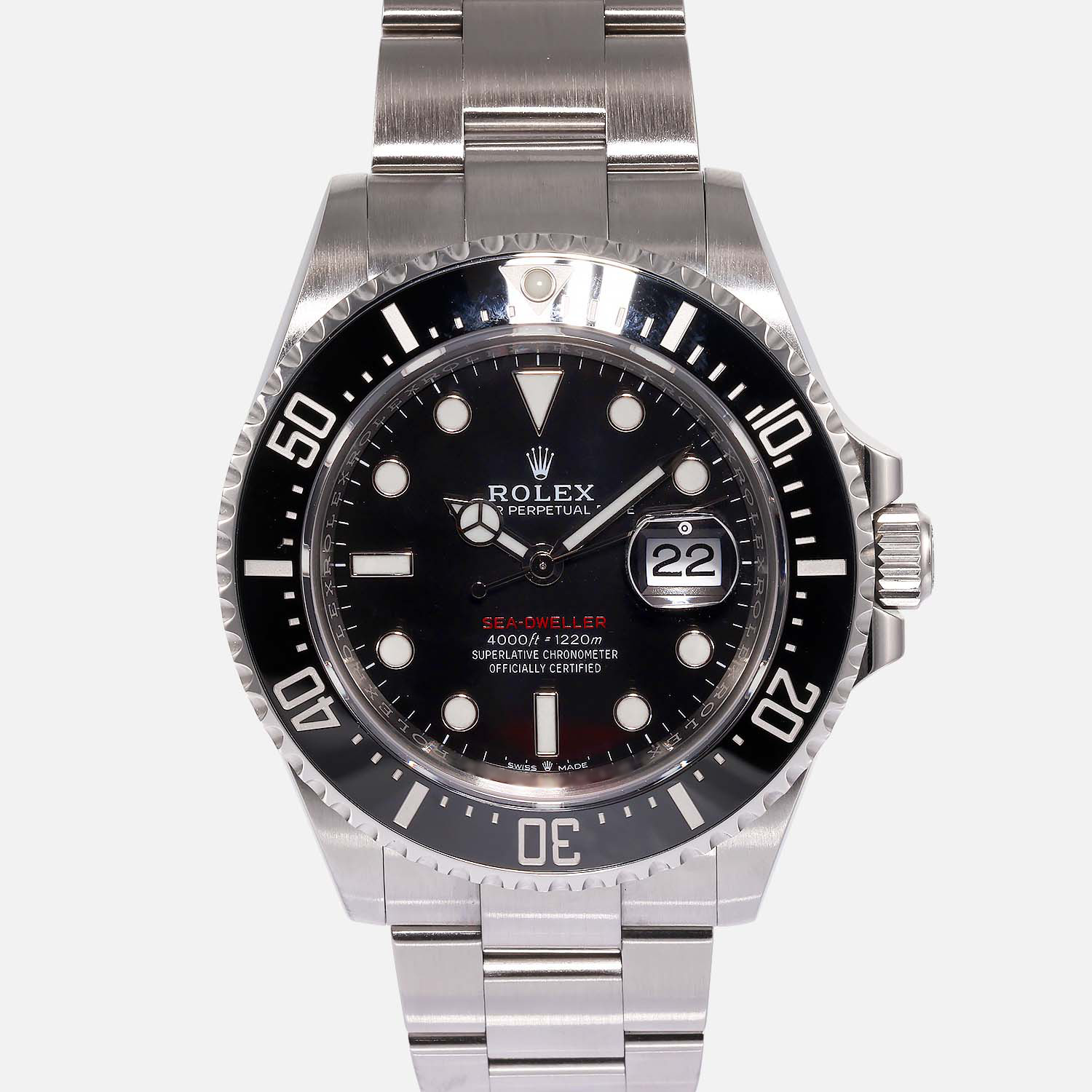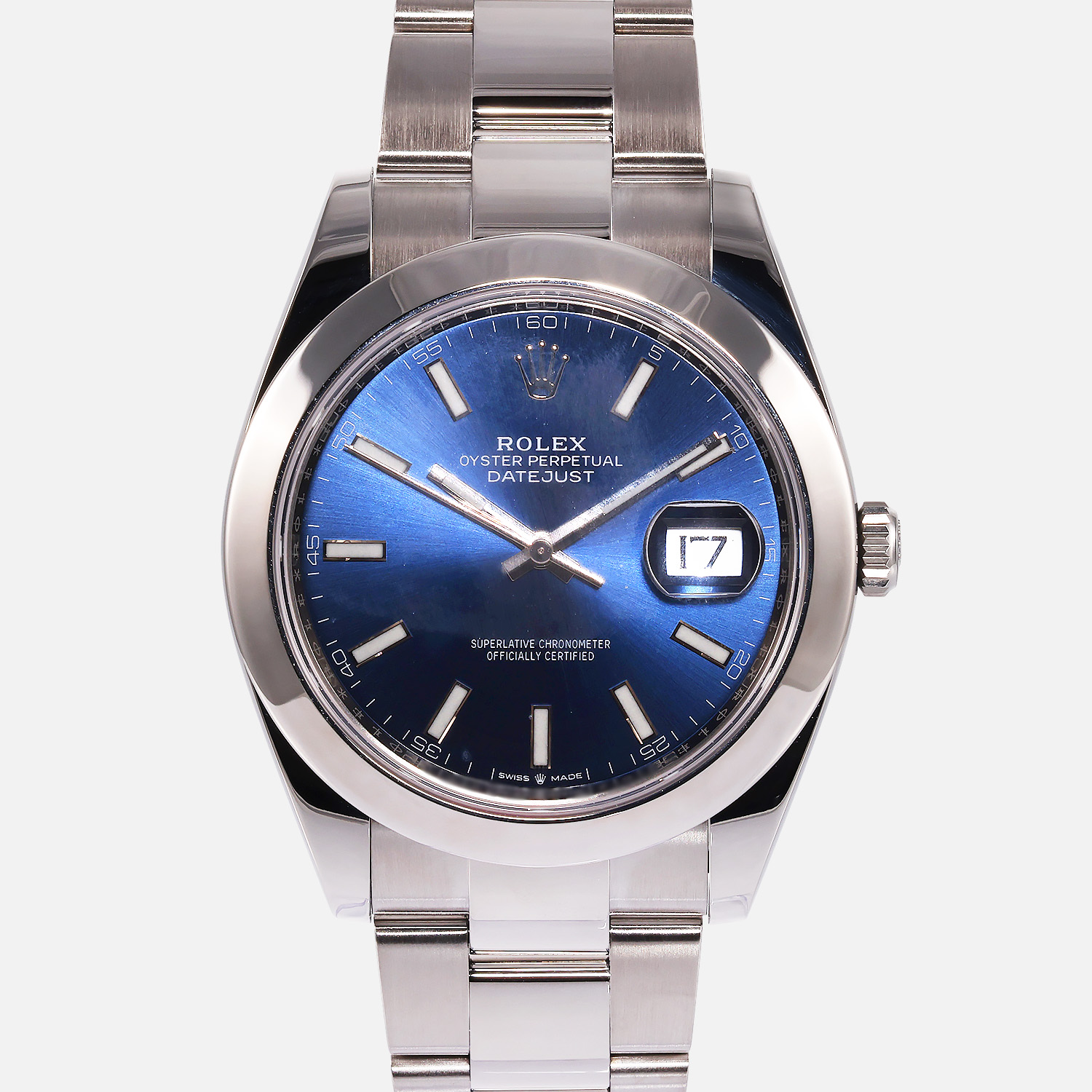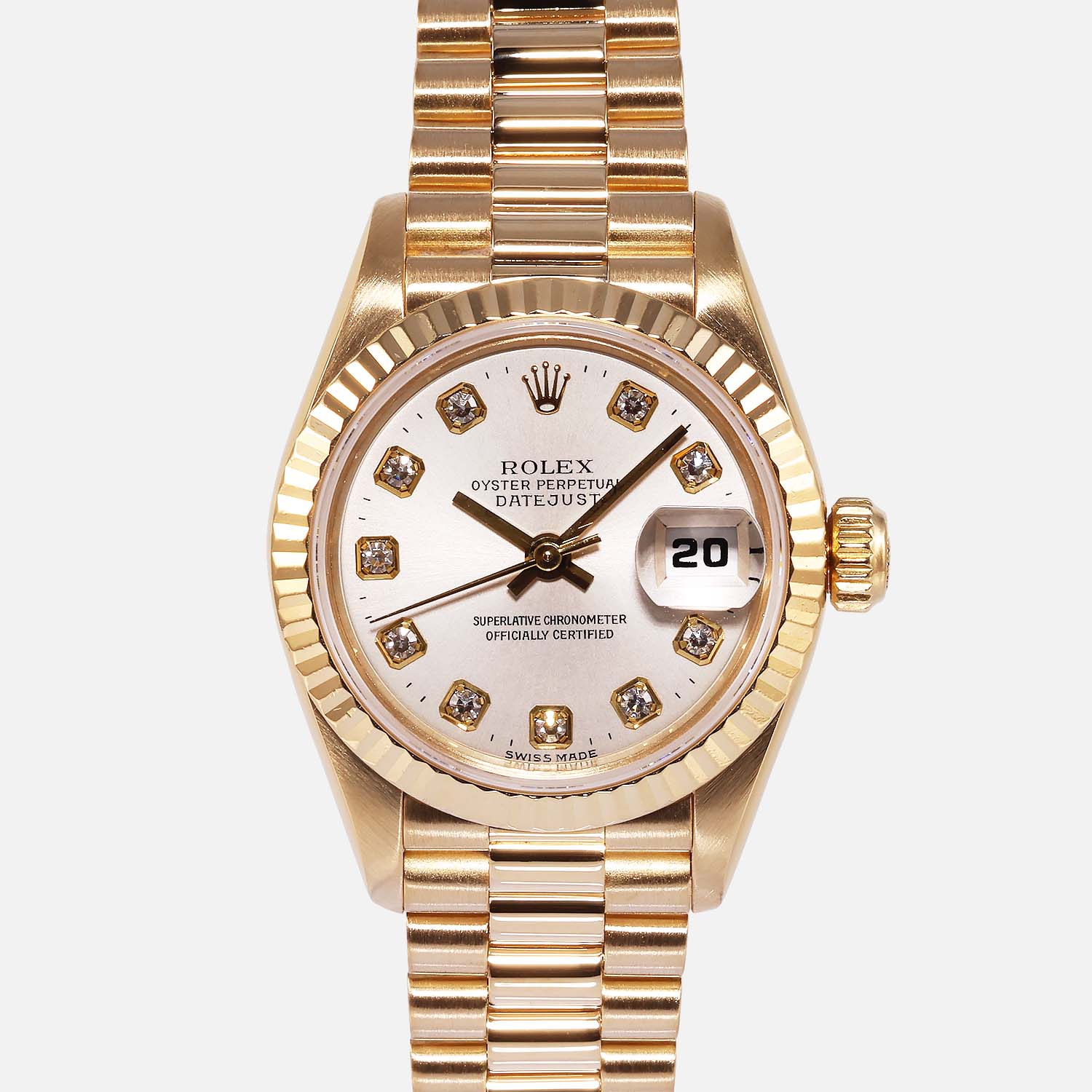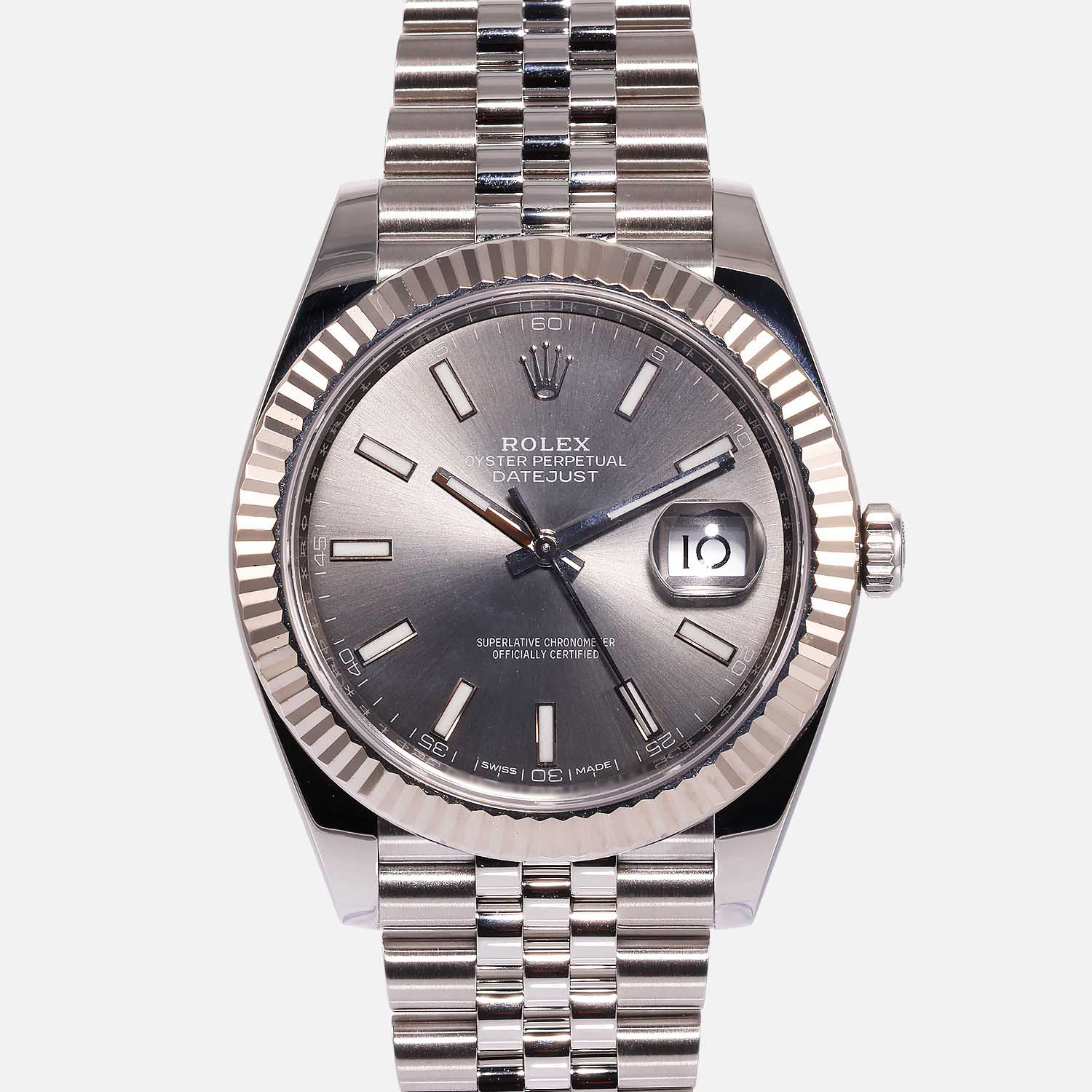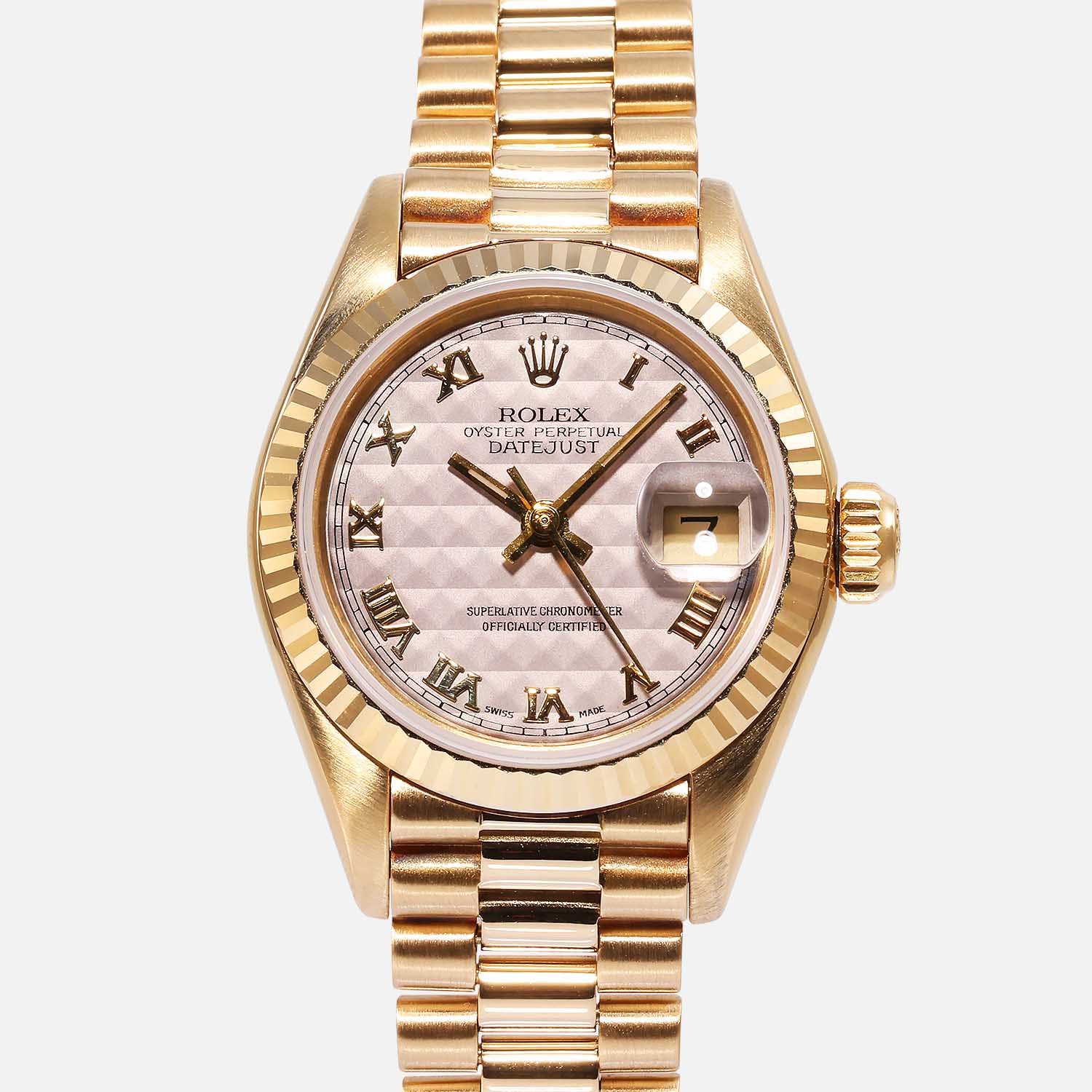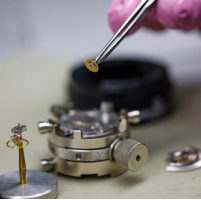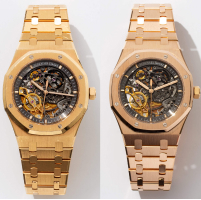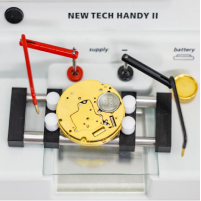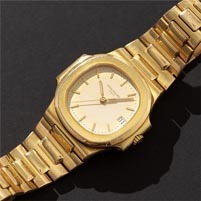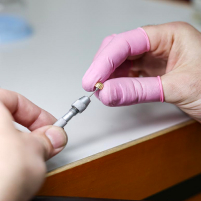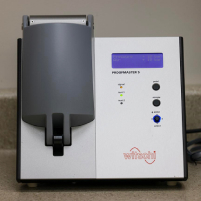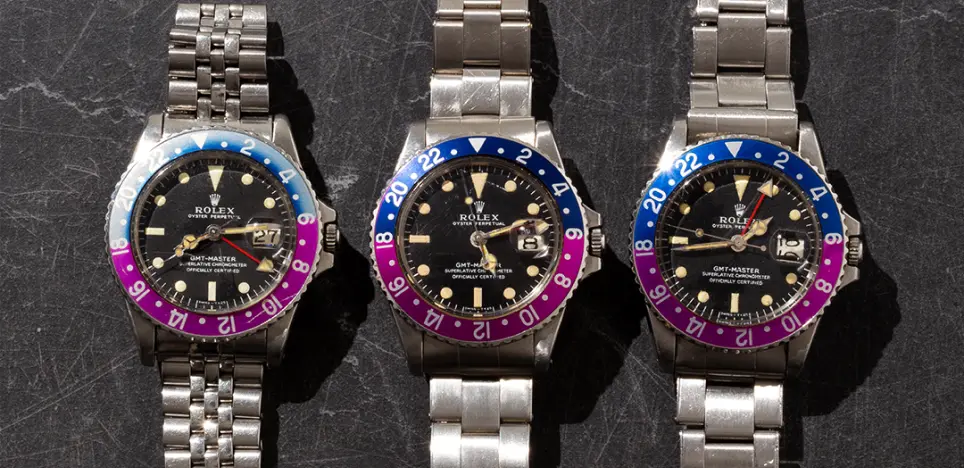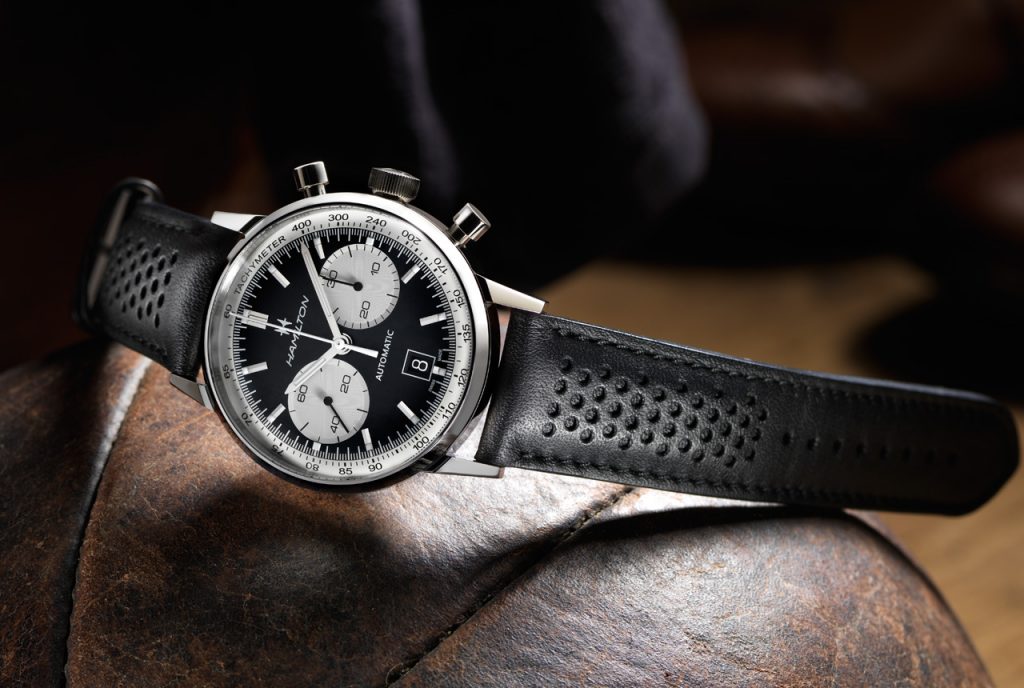How Often Should I Wind My Omega Seamaster?
December 26, 2021The joy of the Omega’s Seamaster collection is that it features watches with a traditional winding mechanism. Modern features partner the renowned Omega style and heritage with the option of a classic manual wind.
For some new Omega wearers, this may be their first encounter with a watch that features manual winding. The reputation and not inconsiderable price of an Omega Seamaster unsurprisingly makes many people a little fearful of doing the wrong thing.
Manual wind watches are actually quite simple to operate. The Omega Seamaster is designed so it cannot be overwound – there are no hidden catches.
Do All Omega Seamasters Need To Be Wound?
The Omega Seamaster range is a collection of manual winding, automatic winding, chronometer, and quartz watches. Not all Omega Seamasters need to be wound; it depends upon which type you have.
A manual wind Seamaster has a simple crown that creates the energy for the mainspring when it is turned by the wearer.
Some people choose the tradition of a self-wind watch, but if you want to dispense with that, then you can choose a different design of Seamaster.
A nice compromise is the Seamaster with an automatic wind which does the work for you. The self-winding watch is a mechanical watch that gets wound up as the wearer moves about during the day, avoiding the need to manually wind other than just occasionally.
The automatic version has a free-spinning rotor that begins to move and whirl from the movement of the wearer’s wrist. This automatically winds the mainspring.
Automatic watches usually come with a manual winding option as well – it makes sense as if the watch has been languishing in a drawer for days, then it has probably stopped. A manual wind kick-starts the Seamaster into life before the automatic wind process takes over.
The manual wind allows you to re-set the watch and the motion of wearing it removes the need to wind it again. Manual wind also helps keep the watch more accurate while it is keeping time.
There are devices called watch winders which can wind automatic or self-winding watches and keep them running when they are not being worn.
It is essential to choose a watch winder that matches the exact specification of the particular movement in your watch. Watch winders can be battery-powered, mains powered, or both.
How Often Should a Speedmaster Be Wound?
The Omega Speedmaster has a power reserve of between 48 and 52 hours, depending on the caliber.
The Speedmaster only needs winding when the watch is almost out of power. However, if you want to ensure complete timing accuracy, then you can manually wind the Speedmaster every morning or before a specific event.
A non-chronometer-certified Omega Speedmaster will be accurate to within -1-+11 seconds per day compared to a chronometer-certified Speedmaster, which will be accurate to -4-+6 seconds on average, which is the COSC standard.
COSC is the Official Swiss Chronometer Testing Institute which is a non-profit organization supporting the Swiss watchmaking industry to deliver accuracy and precision to high-end watches.
Can You Overwind an Omega Seamaster?
There is a natural resistance at the end of the winding process, which will alert you to the fact that the watch is fully wound. The winding process is very smooth, and so you might not feel that the clock is actually winding up at all.
Omega Seamasters also feature an overwind device, a mechanism that makes a loud clicking noise to stop you winding more than necessary. From scratch, you should be able to count the number of winds for future reference.
A manual watch like the Omega Seamaster should be wound up every morning or evening. The average time span after one winding is between 40-70 hours, so some people only wind their Seamaster when it needs it.
Some experts suggest that to preserve the winding mechanism, only wind the watch when it has stopped rather than once or twice a day. Some people wind their Seamaster every morning as part of their routine.
Never wind the watch while it is on your wrist. This causes unnecessary tension and pressure on the winding stem and movement, which could cause damage over time.
Conclusion
For information about manual wind Omega Seamaster watches and the full Seamaster and Speedmaster range, consult Precision Watches for expert advice. We offer advice about choosing a manual wind Seamaster and how to keep your Omega watch accurate, whether it is a new purchase or a vintage model
All of Our Watches Are 100% Authentic and Certified By Our In-House Swiss Trained Watchmakers
Brick and Mortar Store For Over 30 Years
Have Any Questions? Speak With One Of Our Sales Professionals


